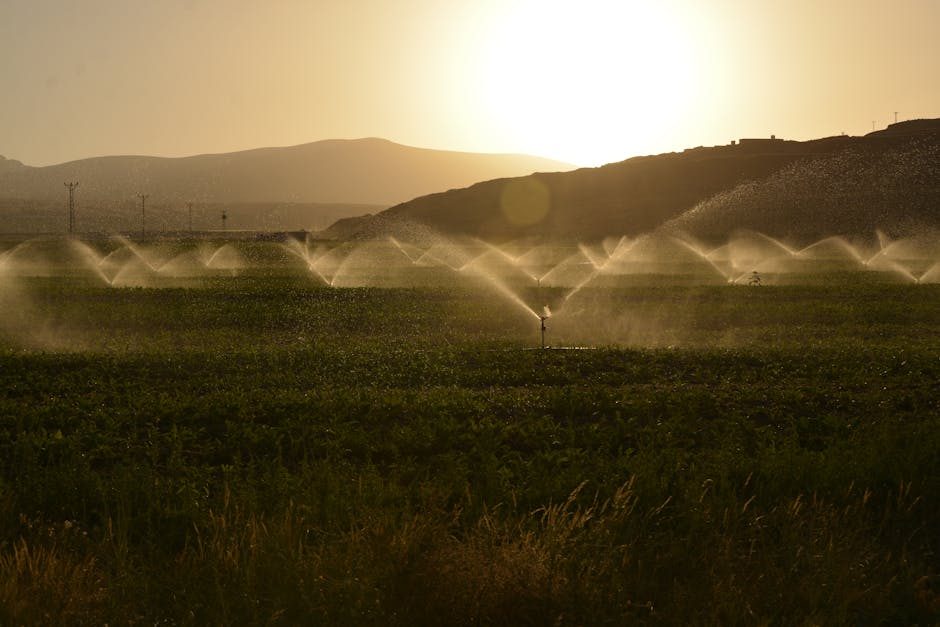Economic advantages are perhaps the most immediately apparent. Monoculture farming, the practice of cultivating a single crop over a large area, exposes farmers to significant economic vulnerability. A single disease outbreak, a shift in market demand, or adverse weather conditions can decimate an entire harvest, leading to substantial financial losses. Diversification acts as a buffer against these risks. By integrating diverse crops or livestock, farmers spread their risk. If one enterprise falters, others can help compensate for the losses, ensuring a more stable income stream. This stability is crucial for long-term investment and farm sustainability, allowing farmers to reinvest profits, improve infrastructure, and adapt to changing circumstances. Furthermore, diversification can open up new market opportunities. Integrating high-value crops, such as specialty fruits or herbs, alongside staple crops can increase overall profitability and provide access to niche markets that command premium prices. The sale of livestock products can provide supplementary income streams, further stabilizing financial positions.
Beyond economic resilience, agricultural diversification plays a crucial role in environmental sustainability. Monoculture systems often lead to environmental degradation. They deplete soil nutrients, increase the reliance on synthetic fertilizers and pesticides, and contribute to biodiversity loss. Diversified systems, conversely, promote healthier ecosystems. Crop rotation, a key component of diversification, helps replenish soil nutrients, reducing the need for synthetic fertilizers. Intercropping, the practice of growing different crops in the same field simultaneously, can improve soil health by suppressing weeds, improving water infiltration, and enhancing nutrient cycling. Diverse plant communities also support greater biodiversity, providing habitat for beneficial insects, birds, and other organisms that contribute to natural pest control and pollination services. Furthermore, diversified farms often exhibit greater resilience to climate change. A range of crops with varying drought or flood tolerances can better withstand extreme weather events than monocultures, ensuring higher overall yields even under challenging climatic conditions. Integrating trees into farming systems (agroforestry) can further enhance environmental sustainability by providing shade, improving soil structure, and sequestering carbon dioxide.
The social benefits of agricultural diversification are equally significant. Diversified systems often lead to improved livelihoods for farmers and their communities. The increased economic stability and income generation provided by diversification can enhance food security and reduce poverty levels. Moreover, diversification can create new employment opportunities within rural communities, fostering economic growth and development. By supporting a more diverse range of farming activities, diversification can also help preserve traditional farming practices and local knowledge, enhancing cultural heritage and fostering a sense of community. Increased biodiversity resulting from diversification can also contribute to the preservation of valuable genetic resources, ensuring long-term resilience of agricultural systems. This is particularly relevant in the face of climate change, where adaptability and genetic diversity are essential for survival.
However, effective diversification requires careful planning and management. Farmers need to understand the specific needs of each crop or livestock species, taking into account factors like soil type, climate, and market demand. Integrated pest management strategies are crucial to prevent pest outbreaks, while careful consideration of water management is essential to optimize resource utilization. Access to information, training, and appropriate technology is also critical for successful diversification. Government policies and support programs can play a crucial role in encouraging diversification, by providing incentives and resources to farmers. This might include providing access to credit, promoting research and development, and facilitating market access for diversified products.
In conclusion, agricultural diversification is not merely a supplementary strategy; it is a foundational approach to creating resilient, sustainable, and economically viable farming systems. Its importance transcends immediate financial gains, offering significant environmental and social benefits. By integrating multiple enterprises, farmers can mitigate risks, enhance environmental stewardship, improve livelihoods, and contribute to a more secure and sustainable food system for future generations. Addressing the challenges associated with implementation through targeted policies and supportive initiatives will be crucial to harnessing the full potential of agricultural diversification and building a more robust and equitable agricultural sector.
